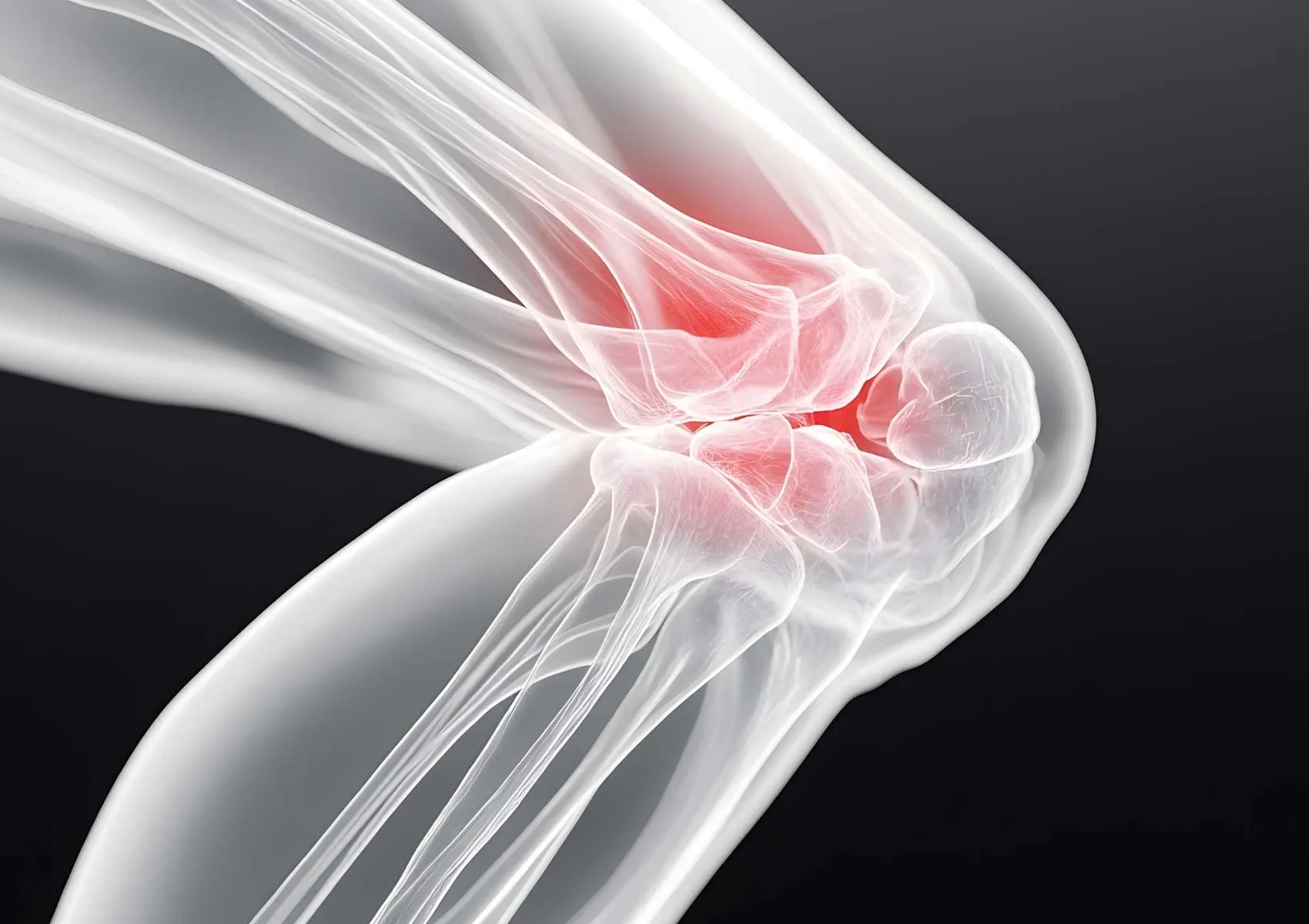Patient Selection in Joint-Preserving Surgeries
Joint-preserving surgeries hold a crucial role especially in hip and knee joint diseases. The success of these surgical methods depends on accurate patient selection. This article thoroughly discusses the scientific criteria essential for patient selection in joint-preserving surgeries, the appropriate patient profile, and factors influencing outcomes.
Joint-preserving surgeries are modern surgical methods applied with the aim of preserving joint surfaces and structures as much as possible. These procedures, performed either arthroscopically or through open surgery particularly for hip and knee joint diseases, aim to protect joint function while enhancing the patient’s quality of life. However, one of the fundamental conditions for surgical success is selecting appropriate patients for the operation.
The Importance of Joint-Preserving Surgeries and Patient Selection Criteria
Joint-preserving surgeries enable early and effective treatment of structural abnormalities in the joint. For instance, surgeries applied for conditions such as femoroacetabular impingement, labrum tears, and early-stage osteoarthritis can delay or prevent the need for joint replacement in the future. However, not every patient is suitable for joint-preserving surgery.
Patient selection should be based on the anatomical status of the pelvis and knee joint, the disease stage, the patient’s age, activity level, and overall health condition. Correct evaluation of these criteria is the key to surgical success.
Suitable Patient Profile for Joint-Preserving Surgical Methods
Patients preferred for protective surgeries of the hip joint are generally in the young to middle-aged group. When femoroacetabular impingement syndrome or labrum tears are diagnosed at an early stage, surgical intervention combined with rehabilitation can preserve the joint surface. Acetabular dysplasia or gluteus medius tears can also be successfully treated with appropriate surgical interventions.
In the knee joint, surgical options may be considered for anterior cruciate ligament injuries, meniscus tears, and cartilage damage. For joint-preserving surgery, the patient’s weight, the degree of deformity in the joint, and the condition of the cartilage are evaluated. Protective surgical options may be limited in cases of severe degeneration.
In general, suitable patients for joint-preserving surgery are those in the young to middle-aged group who develop symptoms early, have largely preserved joint surfaces, and have not experienced significant pain or functional impairment progression. Additionally, patients expected to comply with postoperative rehabilitation, with good overall health and manageable obesity, are prioritized.
Risk Factors and Contraindications
Risk factors and contraindications play an important role in patient selection for joint-preserving surgeries. Advanced-stage osteoarthritis or widespread joint damage can significantly reduce surgical success. Moreover, systemic diseases such as diabetes or rheumatic conditions can adversely affect the healing process.
Excessive weight is a significant risk factor that diminishes the effectiveness of joint-preserving surgeries. Insufficient muscle support, poor posture, or improper biomechanical loading can negatively impact functional outcomes after surgery. Therefore, comprehensive pre-surgical evaluation is essential.
Contraindications include severe joint movement restriction, extensive cartilage loss, active infection, and smoking. Realistic evaluation of patient expectations is also important during the decision-making process.
Factors Influencing Success Rates
Success in joint-preserving surgeries is directly related not only to technical performance but also to patient selection, timing of the surgery, and postoperative care. The patient’s preoperative condition, the severity of the existing pathology, adherence to a postoperative rehabilitation program, early diagnosis, and treatment are determinants of surgical outcomes.
Correct application of surgical techniques and individualized planning increase success. For example, minimally invasive approaches in arthroscopic surgery preserve joint structures, speed healing, and reduce complication rates.
Furthermore, close communication with the patient and multidisciplinary rehabilitation programs support improved long-term functional results.
Patient selection in joint-preserving surgeries is possible through meticulous evaluation and application of scientific criteria. Successful outcomes are only achieved by operating on the right patient at the appropriate time using the suitable method. Academic studies and clinical practice in this field support the development of more objective approaches to patient selection.
FAQ
-
What is the ideal age range for patients undergoing joint-preserving surgery?
Typically, patients in the young to middle-aged group between 20 and 50 years old without advanced joint damage are ideal. Age alone is not the sole factor; the condition of the joint and the patient's overall health are also important.
-
Can joint-preserving surgery be performed in advanced-stage osteoarthritis?
Joint-preserving surgery is generally not preferred in advanced-stage osteoarthritis. In such cases, alternative surgical methods like joint replacement are considered.
-
What factors affect the success of joint-preserving surgery?
Key factors influencing success include the patient’s preoperative condition, timing of surgery, accuracy of surgical technique, adherence to postoperative rehabilitation, and the patient’s general health status.
-
How long is the rehabilitation period after joint-preserving surgery?
Rehabilitation duration varies depending on the patient and the type of surgery performed but is usually planned between 6 weeks and 6 months. Early initiation of physical therapy is beneficial.
-
How does smoking affect joint-preserving surgery?
Smoking negatively impacts the healing process and increases the risk of complications. It is recommended to quit smoking before surgery.

